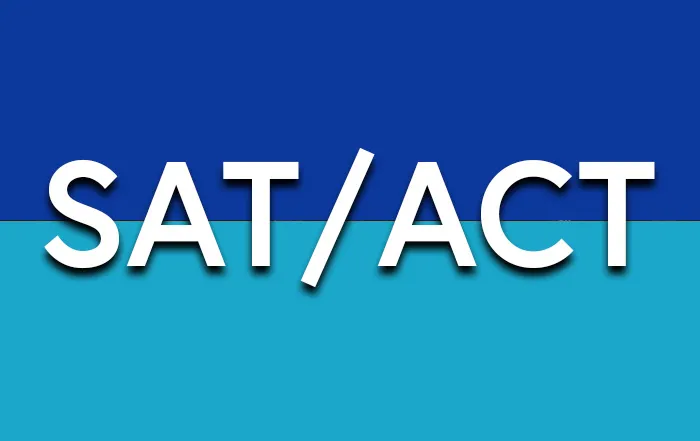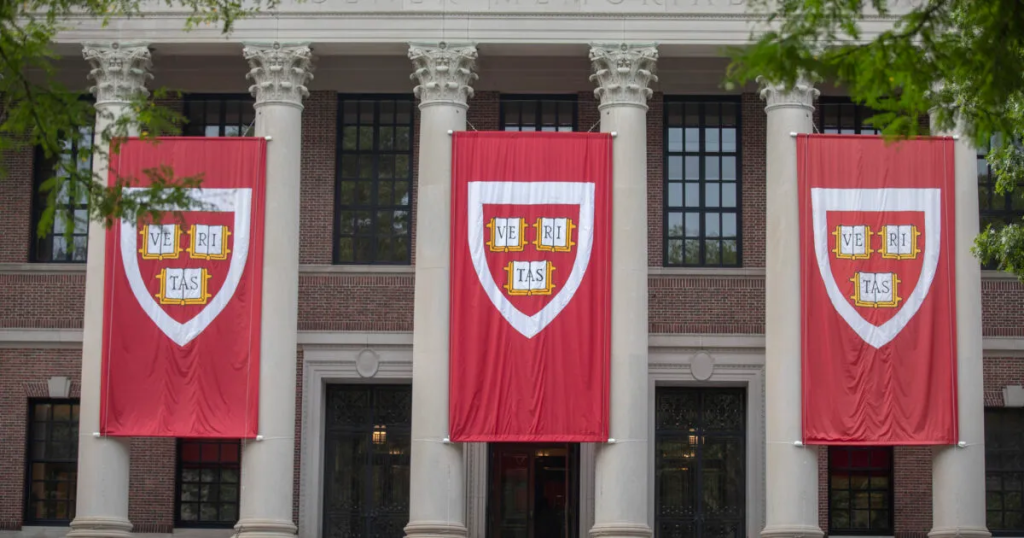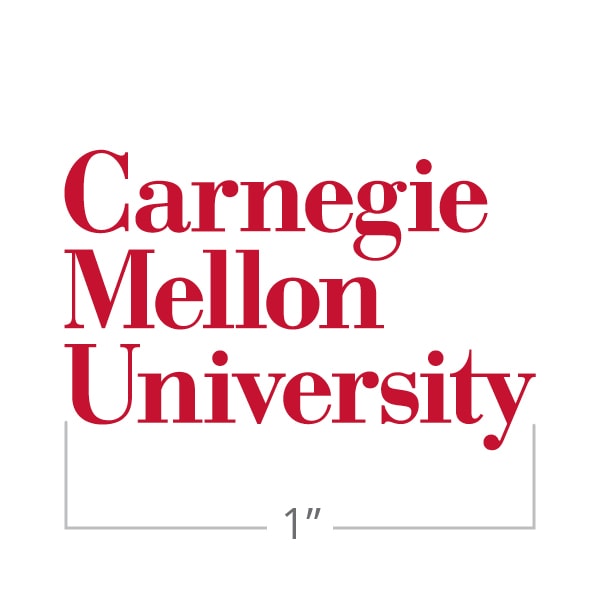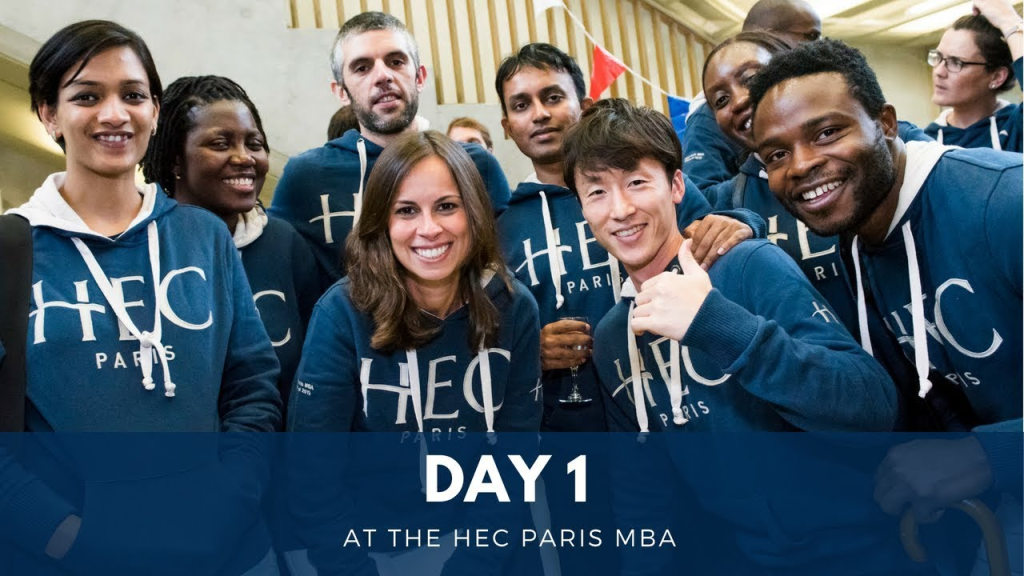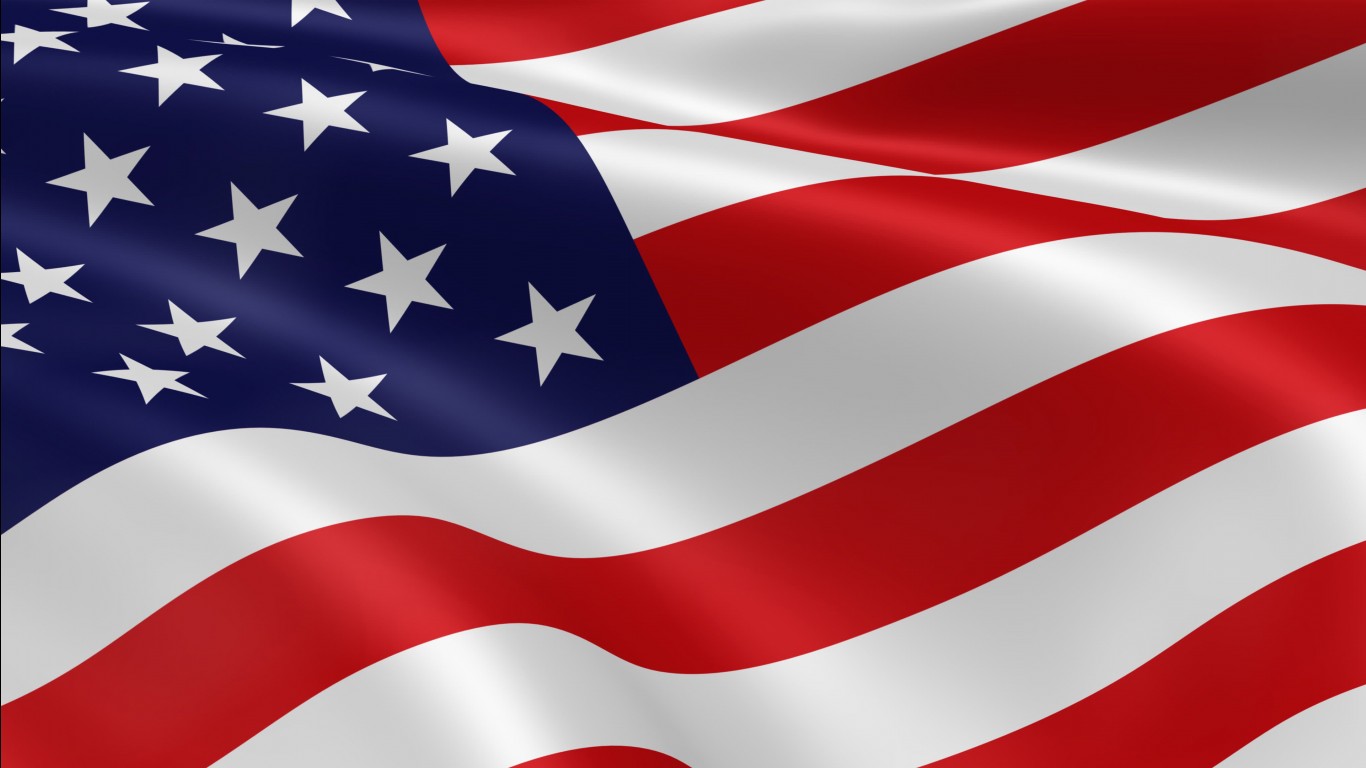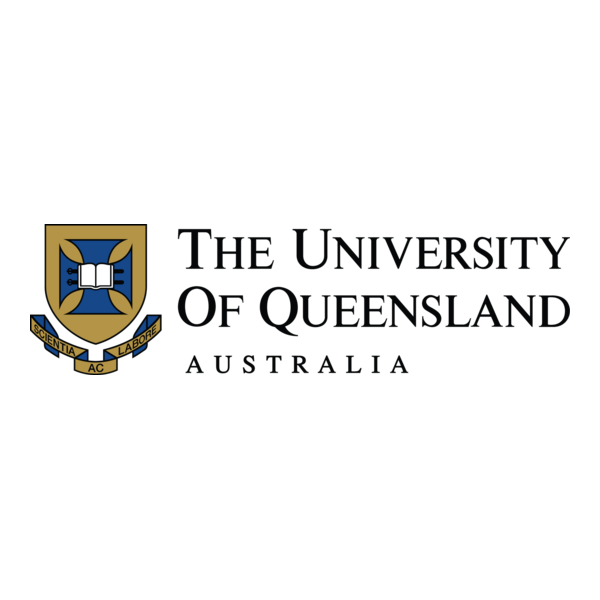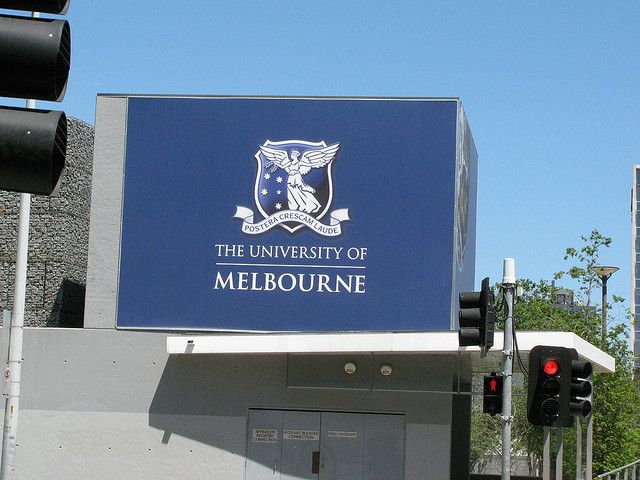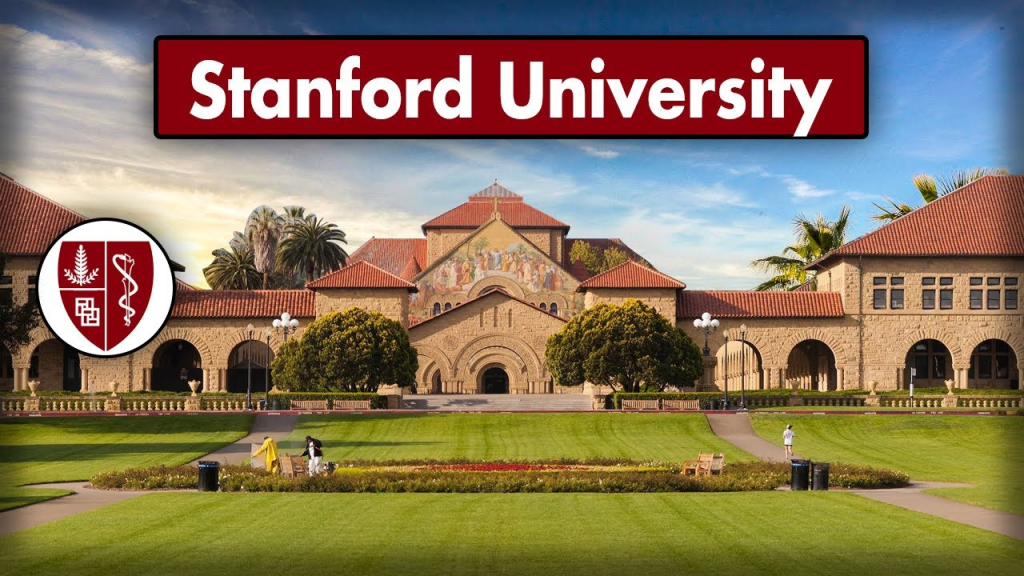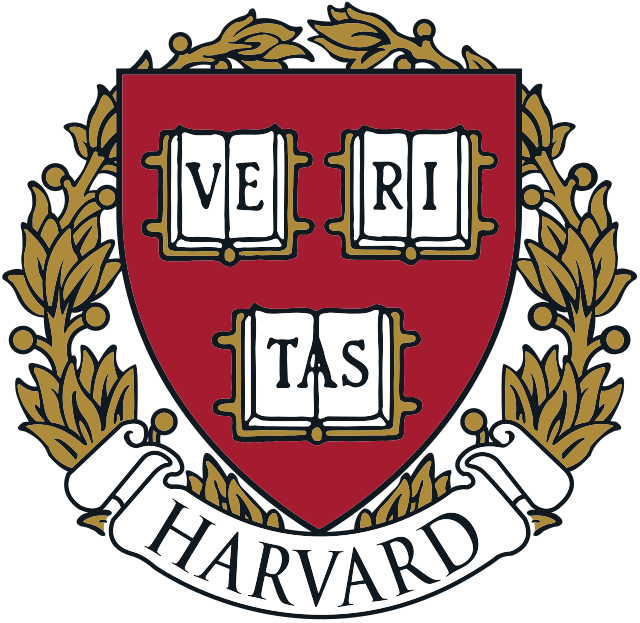
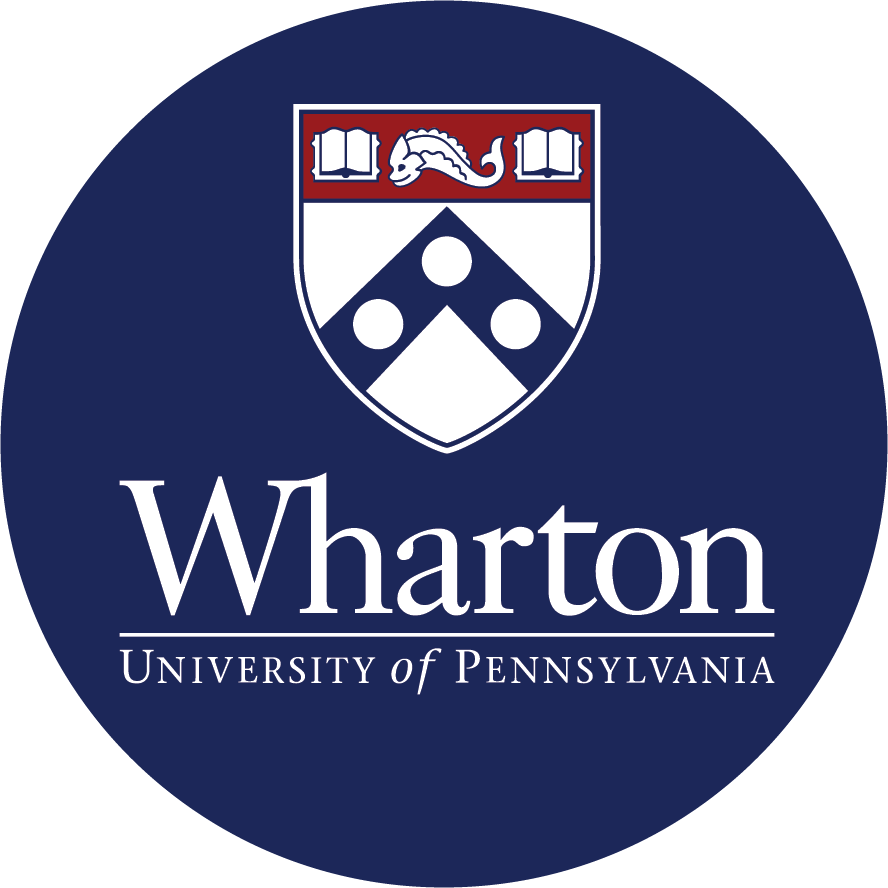
Choosing between Harvard Business School (HBS) and The Wharton School for your MBA can be a tough decision. Both are world-renowned institutions with exceptional programs, but they cater to different needs and career goals.
In this article, we’ll compare Harvard vs Wharton for MBA, helping you decide which one aligns better with your aspirations.
Reputation and Rankings

Both Harvard and Wharton consistently rank among the top business schools globally.
Harvard is often associated with leadership and general management, while Wharton is known for its strength in finance and analytics.
- Harvard Business School (HBS): Famous for its case study method and focus on leadership development.
- Wharton School: Known for its quantitative rigor and expertise in finance, entrepreneurship, and innovation.
Curriculum and Teaching Style

The teaching styles at Harvard and Wharton differ significantly, catering to different learning preferences.
- Harvard: The case study method is the cornerstone of HBS. Students learn by analyzing real-world business problems and discussing them in class.
- Wharton: Offers a mix of lectures, case studies, and experiential learning. It provides more flexibility in choosing electives and customizing your MBA experience.
Career Opportunities – Harvard or Wharton MBA
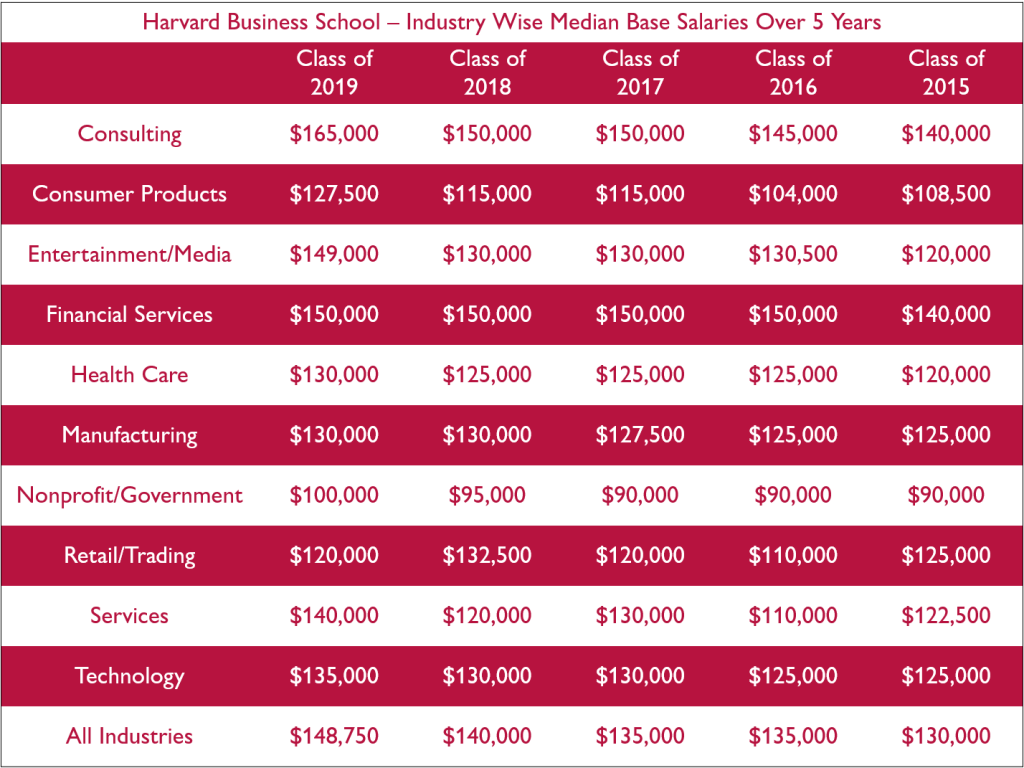
Both schools have strong alumni networks and excellent career placement rates, but their focus areas differ.
- Harvard: Graduates often pursue careers in consulting, general management, and entrepreneurship. Top recruiters include McKinsey, Bain, and BCG.
- Wharton: Known for producing leaders in finance, investment banking, and private equity. Top recruiters include Goldman Sachs, JP Morgan, and BlackRock.
Cost and Financial Aid

An MBA from either school is a significant investment, but both offer financial aid options.
- Harvard: Tuition fees are approximately $76,000 per year, with need-based scholarships available.
- Wharton: Tuition fees are similar, but Wharton also offers merit-based scholarships and fellowships.
Alumni Network

Both schools boast powerful alumni networks that can open doors to incredible opportunities.
- Harvard: Over 85,000 alumni worldwide, including CEOs, entrepreneurs, and global leaders.
- Wharton: Over 100,000 alumni, particularly strong in finance and entrepreneurship.
Quick Recap – Harvard or Wharton MBA
| Category | Harvard Business School (HBS) | Wharton School |
|---|---|---|
| Reputation & Rankings | Top-ranked globally; known for leadership and general management | Equally top-ranked; renowned for finance, analytics, and innovation |
| Teaching Style | Case study method; highly interactive and discussion-driven | Blend of lectures, cases, and hands-on learning; more curricular flexibility |
| Curriculum Focus | Emphasizes leadership development and strategic thinking | Strong in finance, entrepreneurship, and data-driven decision-making |
| Career Outcomes | Consulting, general management, entrepreneurship (McKinsey, BCG, Bain) | Finance, investment banking, private equity (Goldman Sachs, JP Morgan, BlackRock) |
| Cost & Financial Aid | ~$76,000/year; offers need-based scholarships | Similar cost; offers both need-based and merit-based scholarships/fellowships |
| Alumni Network | 85,000+ alumni; strong in consulting and global leadership | 100,000+ alumni; especially influential in finance and entrepreneurship |
You Might Also Like: Harvard or IIT: A Comparison For Indian Students
What Next?

Both Harvard and Wharton are exceptional choices for an MBA, but the right fit depends on your career goals, learning style, and industry preferences.
Harvard is ideal for aspiring leaders and generalists, while Wharton is perfect for finance enthusiasts and entrepreneurs.
Need more help deciding? Visit Admitix today for expert guidance on choosing the right MBA program and crafting a winning application.
Start your journey to success now!
FAQs – Harvard or Wharton MBA: Which is Better for You?
A. Wharton is widely regarded as the best business school for finance due to its rigorous curriculum and strong industry connections.
A. Both schools have exceptional alumni networks, but Wharton’s is particularly strong in finance, while Harvard’s is broader across industries.
A. Yes, the case study method at Harvard is highly effective for developing leadership and decision-making skills.
A. Yes, both schools offer scholarships. Harvard provides need-based aid, while Wharton offers both need-based and merit-based scholarships.

